Corded roman blinds install guides
Use our step-by-step guides to install your new blinds like a pro. We have installation guides for inside and outside fit.
Inside fit
Getting started
Be careful not to damage the blind when removing the packaging and check that the following parts are included:
- Roman blind
- Self-tapping screws (number depends on the width of the blind)
- Wall cleat
Tools required:
- Pencil
- Tape measure
- Power drill with a 3mm drill bit
- #2 square drive for the fixing screws
- #1 square drive for wall cleat
Lay your roman blind upside down on a clean surface. Count the number of self-tapping screws provided; there should be one less than the number of cords used in the blind.
Please note: No brackets are required for this type of blind; simply fix the blind’s baton directly to the inside top of the window frame.
Illustrated steps
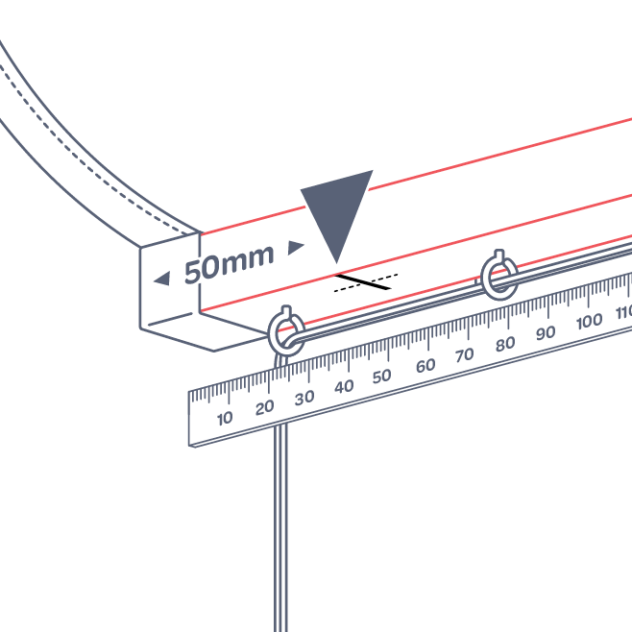
Step 1
Measure 50mm in from each end and place a mark on the underside of the baton.
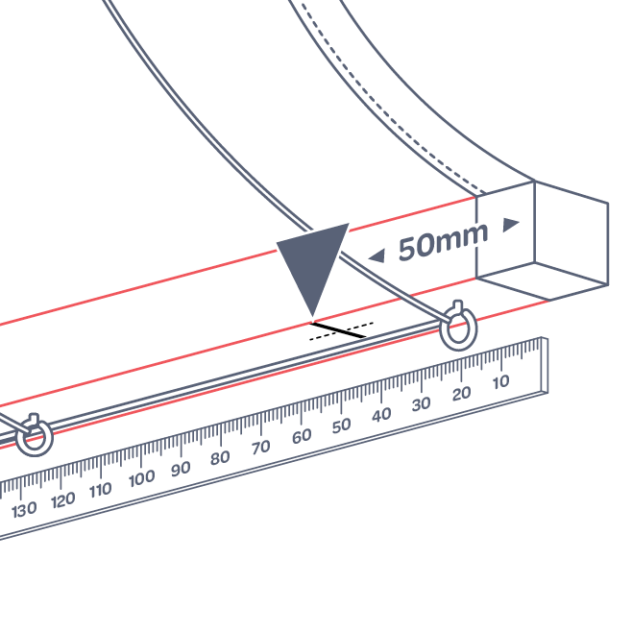
Mark the location of the remaining screws, spaced evenly between the two ends.
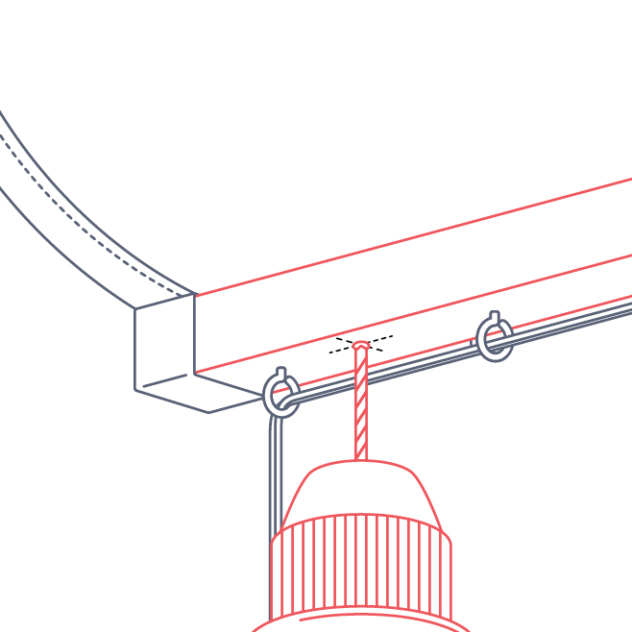
Step 2
Predrill holes through the baton and fabric at each mark using a 3mm bit and start a screw into each hole.

Step 3
Decide how far back in the sill you want the blind to sit. Holding the blind in place, make a mark at the back of the baton to use as a guide when fixing. Place marks on both sides of the window at the same distance back.

Step 4
Holding the blind in place with one hand, line up the back of the wooden baton with the marks on the window frame and drive the middle screw (or screw closet to the middle) through the baton and into the window frame. Repeat with all remaining screws.

Step 5
Fix the cleat to the wall or window frame below the control end in such a way that it doesn’t interfere with the operation of the blind, yet allows for winding the excess cord on when the blind is in the raised position.
Outside fit
Getting started
Be careful not to damage the blind when removing the packaging and check that the following parts are included:
- Roman Blind
- L-brackets with 1 x 50mm screw per bracket (number of brackets depends on the width of the blind)
- Self-tapping 15mm screws, one per bracket
- Wall cleat with screws
Tools required:
- Pencil
- Tape measure
- Power drill with a 3mm drill bit
- #2 square drive for the mounting brackets
- #1 square drive for the wall cleat
Illustrated steps
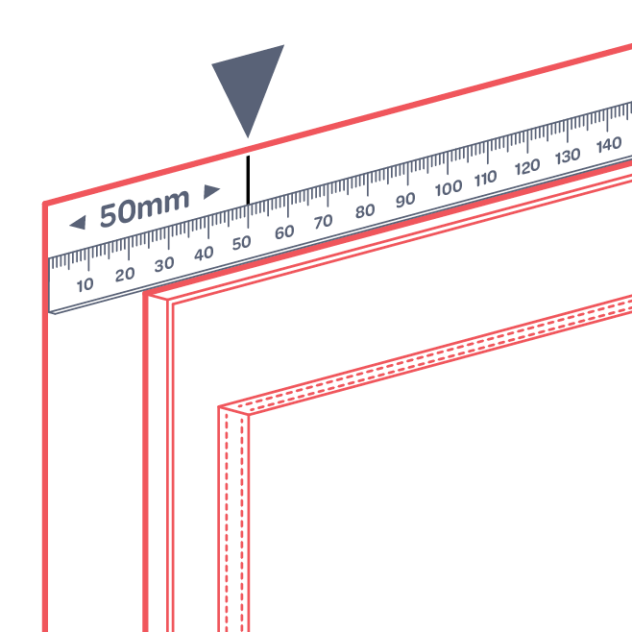
Step 1
Find the position you originally measured from when ordering your blind.
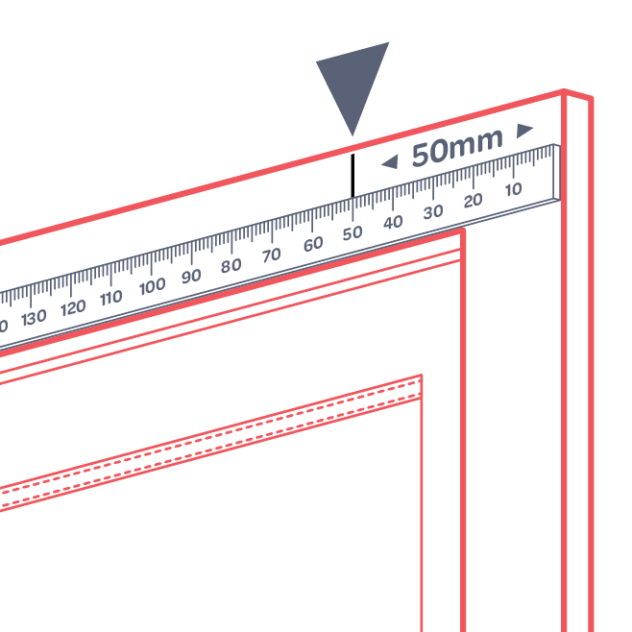
At this height, using the outer edge of the window frame as a guide, measure inwards and mark 50mm; do this on both sides. This is where your end brackets will go.
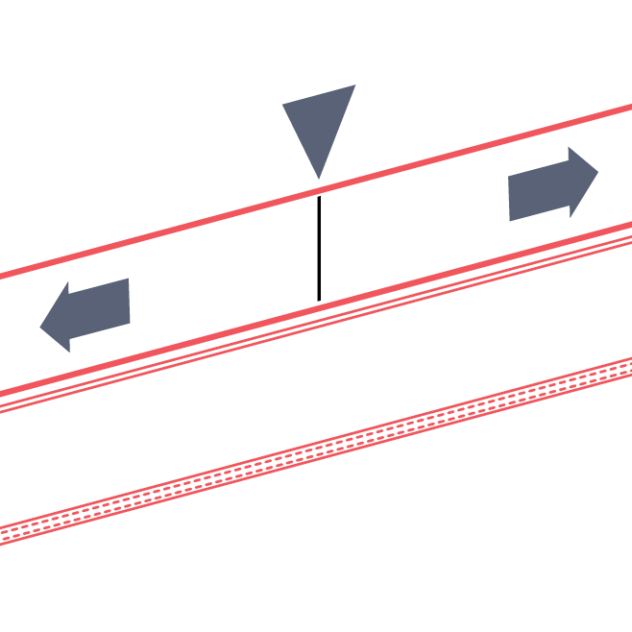
Step 2
Space the remaining brackets evenly between the end brackets and mark the wall, careful to not interfere with the cords and eyes in the baton.
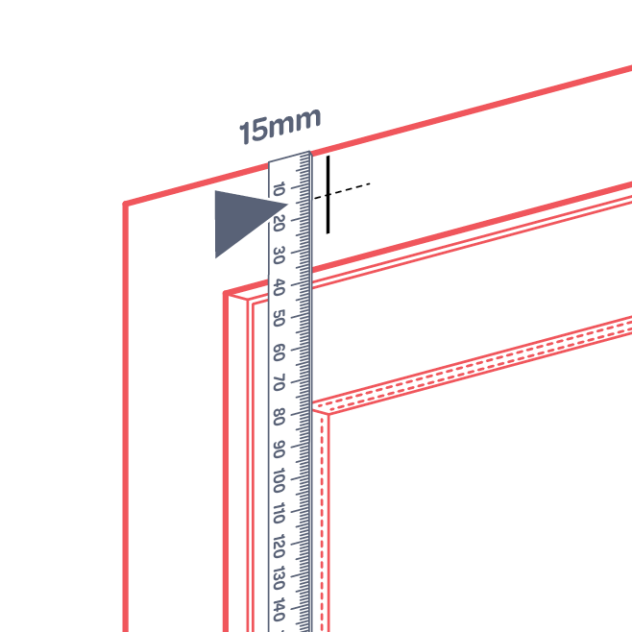
Step 3
Next, measure down 15mm from where the top of the blind will sit to create a cross on the first marks.
Tip: If installing a floor length blind, measure up from the floor the length of the blind drop less 20mm instead.
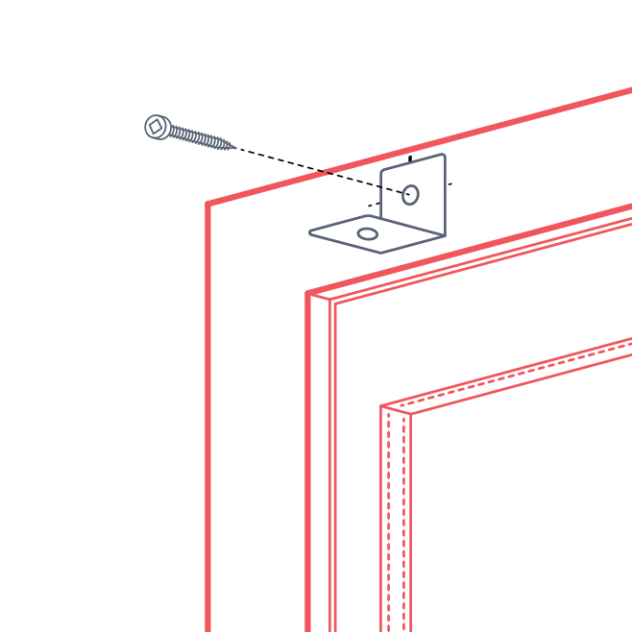
Step 4
Pre-drill holes using a 3mm drill bit on the crosses and fix a bracket at each site.
Ideally screw into wood behind the wall lining (plasterboard). If no wood is available here, check at locations 100mm and 150mm in from each end and attach brackets here if you find wood. If there is still no wood available, place a mark at the first available wood and another 50mm in from each end.
Tip: Use a stud finder to find wood.
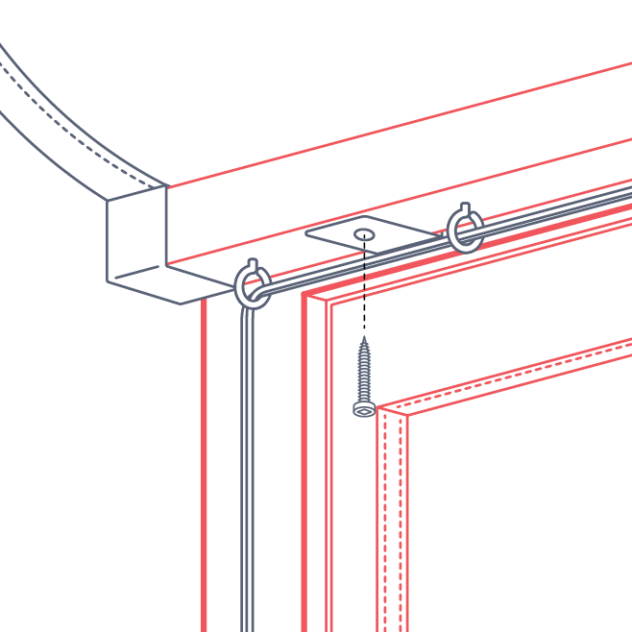
Step 5
Attach the blind to the L-brackets by screwing up through the bottom of the bracket into the baton using the 15mm self-tapping screws provided.
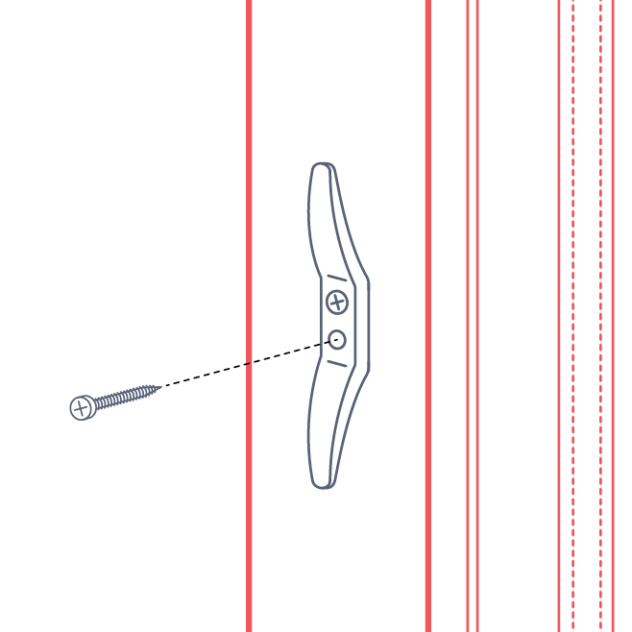
Step 6
Fix the cleat to the wall or window frame below the control end in a way that doesn’t interfere with the operation of the blind yet allows for winding the excess cord on when the blind is in the raised position.
Note: Our illustrations show the blind fitting to the window frame. If you measured to fit to the wall above the window frame, measure from where you originally measured when ordering.